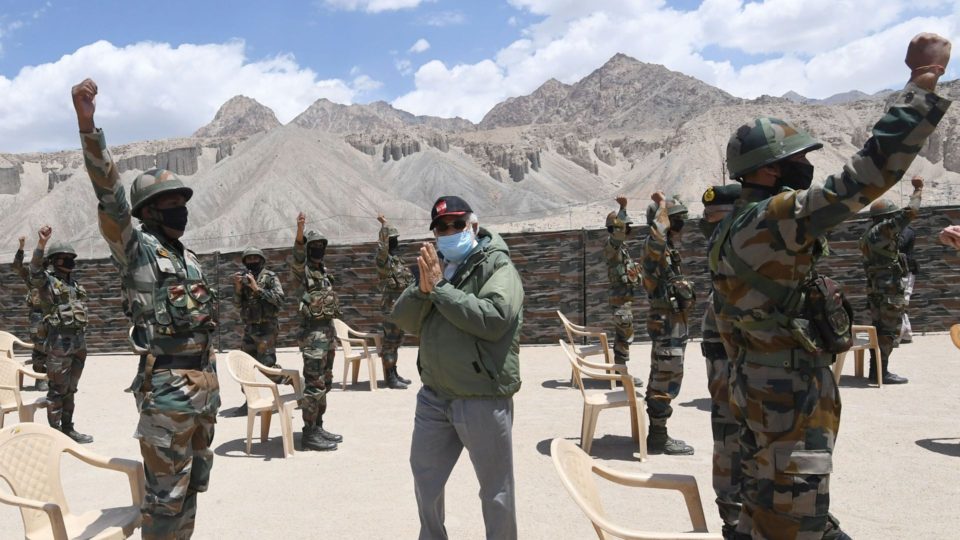A military stand-off between India and China on their disputed border in the Himalayas has escalated into deadly clashes. Here we explain what is it exactly and how long it can go…
What Really Happened
At least 20 Indian soldiers were killed on June 15th night’s incident. It happened in Galwan Valley in the disputed Ladakh region. China accused Indian troops of crossing the border twice, ‘provoking and attacking Chinese personnel’.
Both sides insisted that no shots were fired. Indian officials gave accounts of fighting with bare hands, iron rods and stones. There were reports of Chinese casualties, but no official confirmation.
Military officials from both countries later met to ‘defuse the situation’, the Indian army said.
History of the Dispute
India and China fought a war in 1962 over their contested border in the Himalayas. The war ended with a truce and the formation of a de facto boundary, known as the Line of Actual Control.
There has been an uneasy and fragile peace since, punctuated by skirmishes on the border, including in 2013 and 2017.
No official border has ever been negotiated, the region where the clashes occurred is hostile terrain, at high altitude and sparsely populated, running through the Ladakh region bordering Tibet, home to a Buddhist-majority population. It is a popular tourist destination.
All About Line of Actual Control (LAC)
The LAC is a rough demarcation line separating Indian-controlled territory from Chinese-controlled territory. The exact location of sections of the line, particularly in the western Ladakh region, has remained in dispute. Efforts between the two countries to clarify the LAC have stalled in the past two decades, (according to media).
What India- China Want
Both countries have sought to establish their claims to territory, by heavily militarising the region. Both have built roads, airstrips, outpost stations, and other infrastructure, such as telephone lines. Troops conduct regular patrols along the disputed border. China claims more than 90,000sq km in the eastern Himalayas and another 38,000sq km in the west, both of which are disputed by India.
The military superpowers have been arguing for decades over territory in the high-altitude, largely uninhabited region. Their armies come face to face at many points along the 3,440km (2,100-mile) shared border.
Why Is It Important
Both sides see the area as strategically important, economically and militarily. If neither gives way, the stand-off could have destabilising consequences for the region. The loss of life raises the stakes. Those deaths are believed to be the first in 45 years in a border confrontation between India and China. They have fought only one war, in 1962, when India suffered a humiliating defeat.
How Far It Can Go
In recent days, army generals from India and China have been involved in talks aimed at resolving the border row. However, similar reconciliation attempts have stalled in the past.
If they are not successful, there is a risk of escalation between two rivals who happen to be the world’s most populous countries – and have nuclear weapons. “This is extremely, extremely serious, this is going to vitiate whatever dialogue was going on,” former Indian army commander DS Hooda said, commenting on the clash.
 Live
Live

